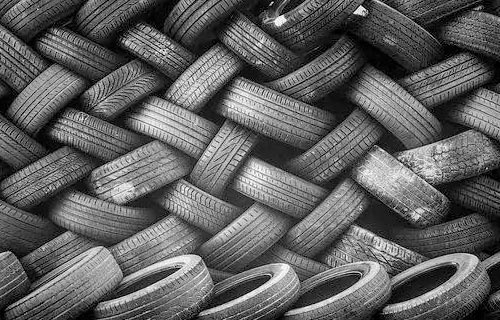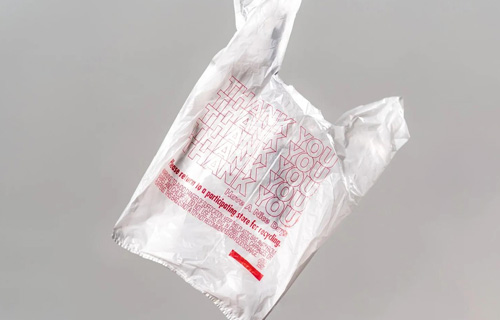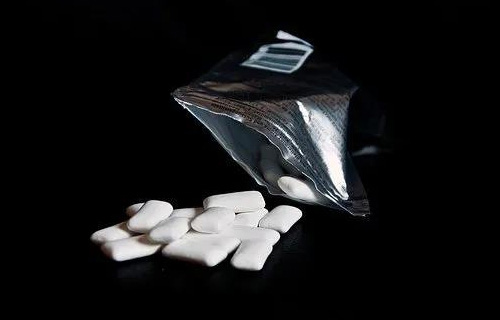[Powder in life] Calcium carbonate around us
Calcium carbonate, CaCO₃, is an inorganic compound, also known as limestone, marble, etc. Calcium carbonate is neutral, basically insoluble in water, but soluble in hydrochloric acid. It is one of the common substances on the earth. It exists in aragonite, calcite, chalk, limestone, marble and other rocks. It is also the main component of animal bones or shells. Calcium carbonate is an important building material with a wide range of industrial uses. It is widely used in papermaking, metallurgy, glass, alkali making, rubber, medicine, pigments, organic chemicals and other sectors.
Rubber
Calcium carbonate is one of the earliest and largest fillers used in the rubber industry. Calcium carbonate is filled in a large amount of rubber products, which can not only increase the volume of the products, but also save expensive natural rubber or synthetic rubber to achieve the purpose of reducing costs. Nanometer ultrafine calcium carbonate has the characteristics of ultrafine and ultrapure. The crystal shape and particle size are effectively controlled during the production process, and the surface is modified. Therefore, it has a three-dimensional structure in the rubber and has a good dispersion. It can improve the reinforcing effect of the material.

Papermaking
Calcium carbonate is mainly used as a filler for paper in papermaking. Adding a large amount of calcium carbonate to the paper can ensure a certain strength and whiteness of the paper and reduce the cost at the same time. The large-scale use of calcium carbonate in the paper industry is based on the fact that the international paper industry has switched from acidic papermaking to alkaline or neutral papermaking processes, so that a large amount of inexpensive calcium carbonate can be used instead of talc and china clay.
Calcium carbonate as a papermaking filler has the following advantages: ①high whiteness; ②bulkness; ③durability; ④breathability; ⑤can be used as a supplement for titanium dioxide; ⑥low abrasiveness; ⑦improving softness; ⑧improving ink absorption performance ⑨Low absorption of ultraviolet rays; ⑩Can control combustibility.

Ink & Paint
In the ink industry, stearic acid modified calcium carbonate is used. The formulated ink has good viscosity, good printing performance, and high stability. The fine particles are easily compatible with other raw materials, so the printed product is smooth , The dots are complete, the covering power is strong, and the gloss is high. As a filler, heavy calcium can improve the gloss and brightness of the ink.
Calcium carbonate can be used as a white pigment in coatings to act as a skeleton. Calcium carbonate can be used as an extender pigment in the coating industry. Because calcium carbonate is white in color, relatively latex in paint, the solvent price is cheaper, and the particles are fine, and it can be evenly dispersed in paint, so it is a large amount of extender pigment used. Due to the improvement of environmental protection awareness, a large number of water-based paints have been used in architectural coatings. Because calcium carbonate is white, hydrophilic, and inexpensive, it has a wide range of application prospects.

Plastic
Calcium carbonate is widely used in filling polyvinyl chloride (PVC), polyethylene (PE), polypropylene (PP), acrylonitrile butadiene-styrene copolymer (ABS) and other resins. Adding calcium carbonate has a certain effect on improving certain properties of plastic products to expand their application range. In plastic processing, they can reduce resin shrinkage, improve rheology, control viscosity, and can also improve the dimensional stability of plastic products and improve plastics. The hardness and rigidity of products can improve the processing performance of plastics, improve the heat resistance of plastic products, improve the astigmatism of plastics, and reduce the cost of plastic products.

Cosmetic
Adding nanometer calcium carbonate to cosmetics can make the products delicate and smooth, and improve the performance and quality of the products. It is used as an additive to make makeup setting powder, which can eliminate the brightness of the foundation, protect the adhesion of the skin, and has a moderate oil absorption and anti-perspiration effect. It can also be used as a smooth powder, does not irritate the skin, has a uniform color, and has a certain hiding power. The current development trend of cosmetics at home and abroad is curative, functional and natural. Nanometer calcium carbonate meets food and pharmaceutical standards. It meets the special requirements of cosmetics and is expected to be fully used in more and more high-end cosmetics.

Food
As a food additive, calcium carbonate should be added in a small amount, usually no more than 2%, to ensure the intake of calcium necessary for the human body. In some foods (such as chewing gum and chocolate), calcium carbonate is used as a fortifier, which not only reduces costs, but also serves as a matrix material.

Construction & Decoration
Calcium carbonate plays an important role in concrete in the construction industry. It can not only reduce production costs, but also increase the toughness and strength of the product.
Calcium carbonate is mainly used in the production process of fireproof ceilings, which can improve the whiteness, brightness and fireproof performance of the product.
Pure and impurity-free calcium carbonate is used in the floor tile industry to increase the whiteness and tensile strength of the product, improve the toughness of the product, and reduce the production cost.

Breathable membrane
Calcium carbonate material can be added to the breathable membrane as a breathable material. It is one of the important components in the production and processing of the breathable membrane material. The carrier is formed by adding a certain proportion of calcium carbonate and being stretched, so that the breathable film has a unique, high-density distribution, and numerous interconnected micropores with special structures.

In the field of non-metallic minerals such as calcium carbonate, ALPA will provide you with more options, including ball mill classification technology, steam mill technology, jet mill technology and other different methods for non-metallic mineral processing, which can be targeted at multiple A variety of non-metallic minerals of different materials are processed. And can achieve the highest coverage rate with the least modifier through surface modification technology. In the field of high-end calcium carbonate applications, ALPA occupies 70% of the market.
The ball mill classification process can realize large-scale and low-cost production. Taking calcium carbonate as an example, the annual output of a single production line of D97:μm products can reach 100,000 tons, and the energy consumption per ton of product is 150 kWh. Surface modification technology meets the application of minerals in the rubber and plastic industry, such as three-roll continuous modification process, eddy current mill continuous modification process, pin mill continuous modification process, high agitator intermittent modification process, etc., which can be used according to different materials Different modification processes and modifiers achieve the highest coverage rate with the least modifiers. The adding amount of modifier is about 0.8~1.2%, and the coating rate can reach about 98%.
